What Makes Bugatti Special
Bugatti represents the pinnacle of automotive excellence, crafting some of the world’s most powerful and luxurious hypercars. From the iconic Veyron to the record-breaking Chiron, this French manufacturer has consistently pushed boundaries in speed, design, and engineering. However, even legendary brands like Bugatti have experienced their share of setbacks.
The Hidden Side of Bugatti’s Legacy
While Bugatti’s successes dominate headlines, several forgotten models never reached their full potential. These failed projects reveal the challenges of maintaining excellence in the ultra-competitive luxury car market. Each failure taught valuable lessons that ultimately contributed to Bugatti’s current success story.
Here’s 5 Forgotten Bugatti Cars That Ended in Failure
1. Bugatti EB110: The Ambitious Comeback
The Carbon Fiber Pioneer That Came Too Soon

What Made It Special
The EB110 emerged in the early 1990s as Bugatti’s bold return to supercar manufacturing after decades of dormancy. This mid-engine marvel featured groundbreaking carbon fiber construction and a quad-turbocharged V12 engine producing 553 horsepower. The car showcased advanced aerodynamics and represented Bugatti’s vision for modern hypercar engineering.
Why It Failed
Unfortunately, the EB110’s timing couldn’t have been worse. The global recession of the early 1990s devastated the luxury car market just as production ramped up. Additionally, the company’s financial backing proved insufficient to sustain operations, leading to bankruptcy in 1995. High production costs and limited marketing further hampered sales efforts.
Fascinating Details About the EB110
- Only 139 units were ever produced, making surviving examples extremely rare
- The car featured four turbochargers – unusual even by today’s standards
- Michael Schumacher owned a special SS version with enhanced aerodynamics
- Advanced carbon fiber monocoque was ahead of its time technologically
- Top speed reached an impressive 213 mph despite 1990s technology
2. Bugatti Type 73: The Unfinished Dream
The Post-War Vision That Never Materialized
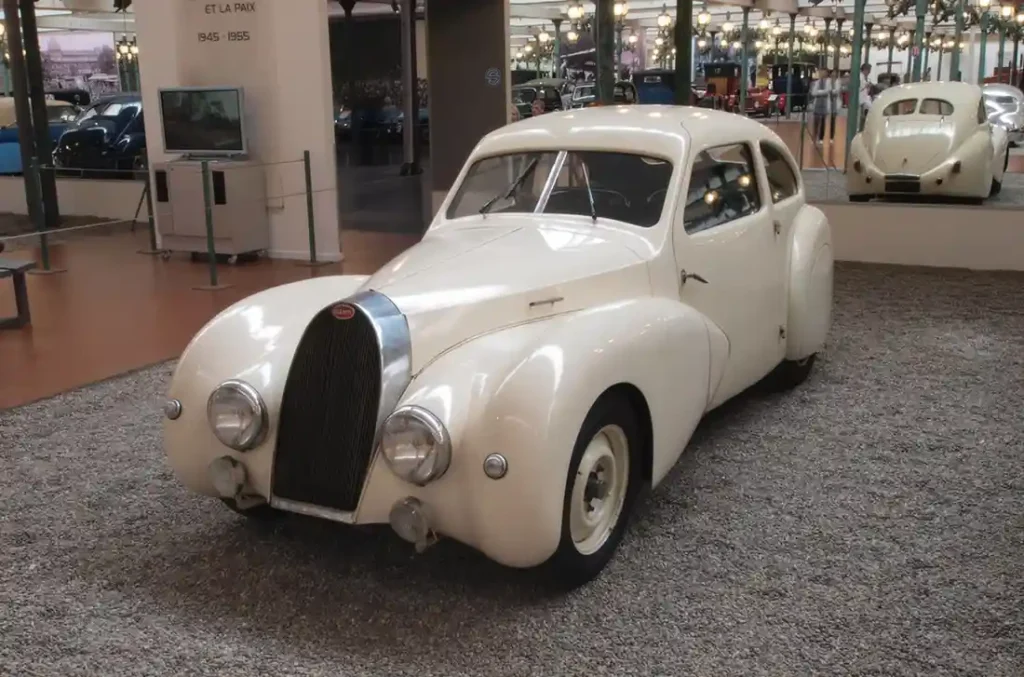
What Made It Special
The Type 73 represented Bugatti’s ambitious post-World War II revival plan. Ettore Bugatti envisioned this model as a return to the company’s racing heritage, featuring advanced suspension systems and aerodynamic bodywork. The project aimed to recapture Bugatti’s pre-war dominance in both racing and luxury car segments.
Why It Failed
Development ceased abruptly when Ettore Bugatti passed away in 1947. Without its visionary founder, the company lacked direction and financial resources to complete the ambitious project. The challenging post-war economy and changing market preferences toward more practical vehicles also contributed to the project’s abandonment.
Fascinating Details About the Type 73
- Only prototype chassis and design sketches survived the development phase
- Featured innovative independent suspension rarely seen in 1940s vehicles
- Original plans included both racing and road-going versions
- Design elements influenced later Bugatti models decades later
- Represents the final project personally overseen by company founder Ettore Bugatti
3. Bugatti EB112: The Luxury Sedan Experiment
The Four-Door That Challenged Tradition
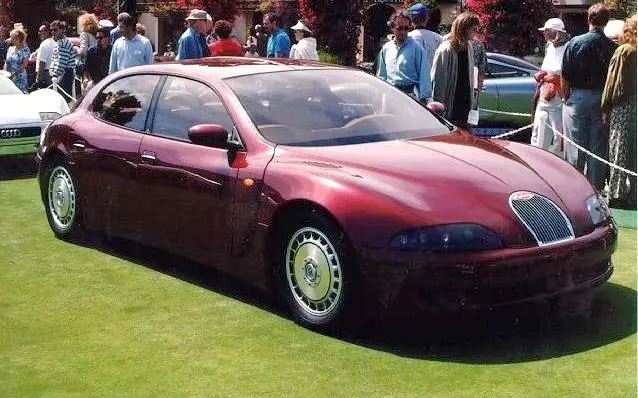
What Made It Special
The EB112 broke new ground as Bugatti’s first four-door luxury sedan concept. This elegant vehicle combined the brand’s performance DNA with practical family-car functionality. The design featured flowing lines, premium materials, and the same V12 engine architecture found in the EB110 supercar.
Why It Failed
Market research revealed that Bugatti enthusiasts preferred traditional sports cars over luxury sedans. The concept faced internal resistance from purists who believed four-door vehicles diluted the brand’s racing heritage. Financial constraints following the EB110’s commercial struggles also prevented the EB112 from reaching production.
Fascinating Details About the EB112
- Remained a one-off concept vehicle that never entered production
- Shared engine technology with the EB110 supercar for consistent performance
- Interior featured hand-crafted luxury materials throughout the cabin
- Design influenced modern four-door performance cars from other manufacturers
- Concept previewed Bugatti’s interest in expanding beyond traditional supercars
4. Bugatti Type 101: The Final Classic Era
The Last Gasp of Traditional Bugatti Design
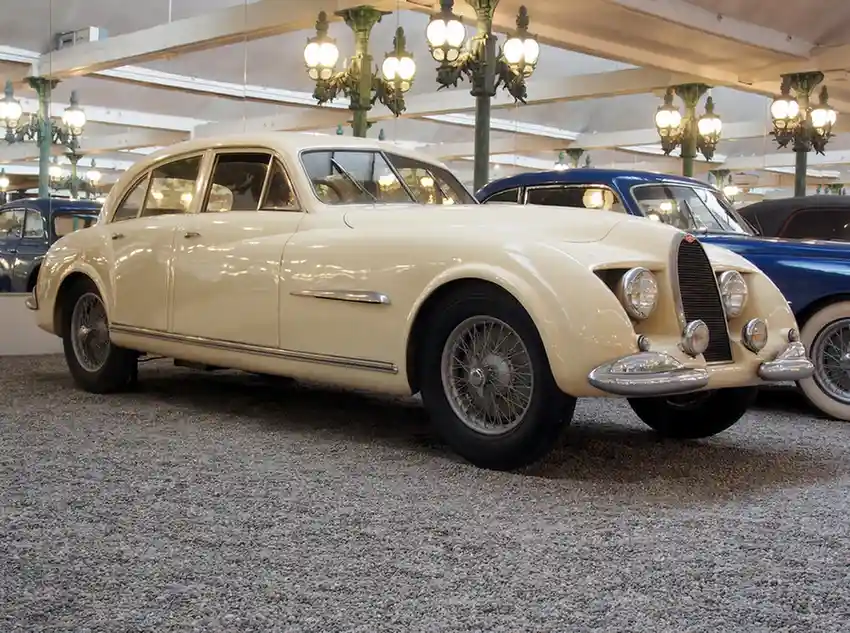
What Made It Special
The Type 101 emerged in the early 1950s as Bugatti’s final attempt at traditional luxury car production. This elegant vehicle maintained classic Bugatti design elements while incorporating modern engineering improvements. The car featured beautiful coachbuilt bodies and represented the end of an automotive era.
Why It Failed
Outdated engineering and high production costs made the Type 101 commercially unviable. Modern competitors offered better performance, reliability, and value for money. The small-scale production model couldn’t compete with mass-manufactured luxury vehicles from established manufacturers like Mercedes-Benz and Jaguar.
Fascinating Details About the Type 101
- Only seven examples were ever completed between 1951-1956
- Each vehicle featured unique coachbuilt bodywork by different specialists
- Final model to use traditional Bugatti straight-eight engine architecture
- Marked the end of original Bugatti company before decades of dormancy
- Surviving examples are now worth millions of dollars at auction
5. Bugatti Galibier 16C: The Modern Luxury Sedan
The Concept That Almost Became Reality
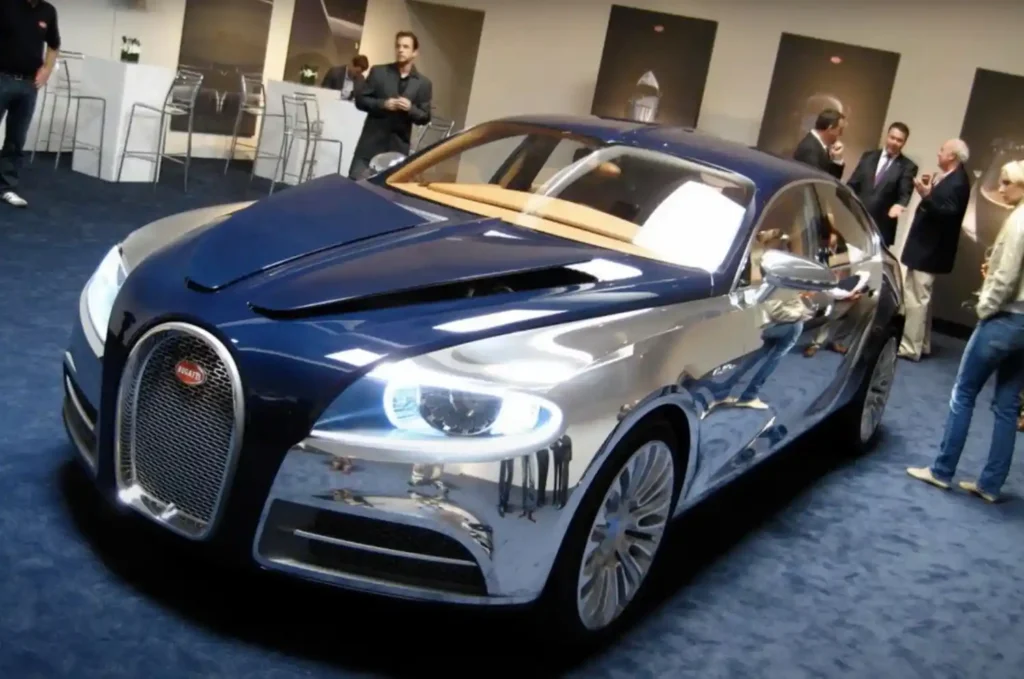
What Made It Special
The Galibier 16C represented Bugatti’s serious attempt at creating a modern four-door luxury sedan. This stunning concept featured the same W16 engine from the Veyron, producing over 1000 horsepower. The design combined traditional Bugatti elegance with contemporary luxury and cutting-edge technology.
Why It Failed
Volkswagen Group executives ultimately decided the sedan market didn’t align with Bugatti’s core hypercar identity. Development resources were redirected toward the Chiron project instead. Market analysis suggested that Bugatti customers preferred exclusive two-door supercars over more practical four-door alternatives.
Fascinating Details About the Galibier 16C
- Concept featured the same 1001-horsepower W16 engine as the Veyron
- Design incorporated suicide doors for dramatic entry and exit
- Interior showcased premium leather, wood, and crystal accents
- Would have been the world’s fastest luxury sedan if produced
- Development influenced Chiron’s interior design elements and technology features
The Silver Lining of Failure
These forgotten Bugatti models weren’t complete disasters – they were valuable learning experiences that shaped the brand’s current success. Each failure provided insights into market demands, engineering challenges, and brand positioning. Today’s triumphant Chiron and upcoming models benefit directly from lessons learned during these difficult periods.
Moreover, these rare failures have become highly sought-after collector’s items. The surviving examples represent unique chapters in automotive history, often commanding premium prices at exclusive auctions. Sometimes, failure in the marketplace can lead to legendary status among enthusiasts decades later.

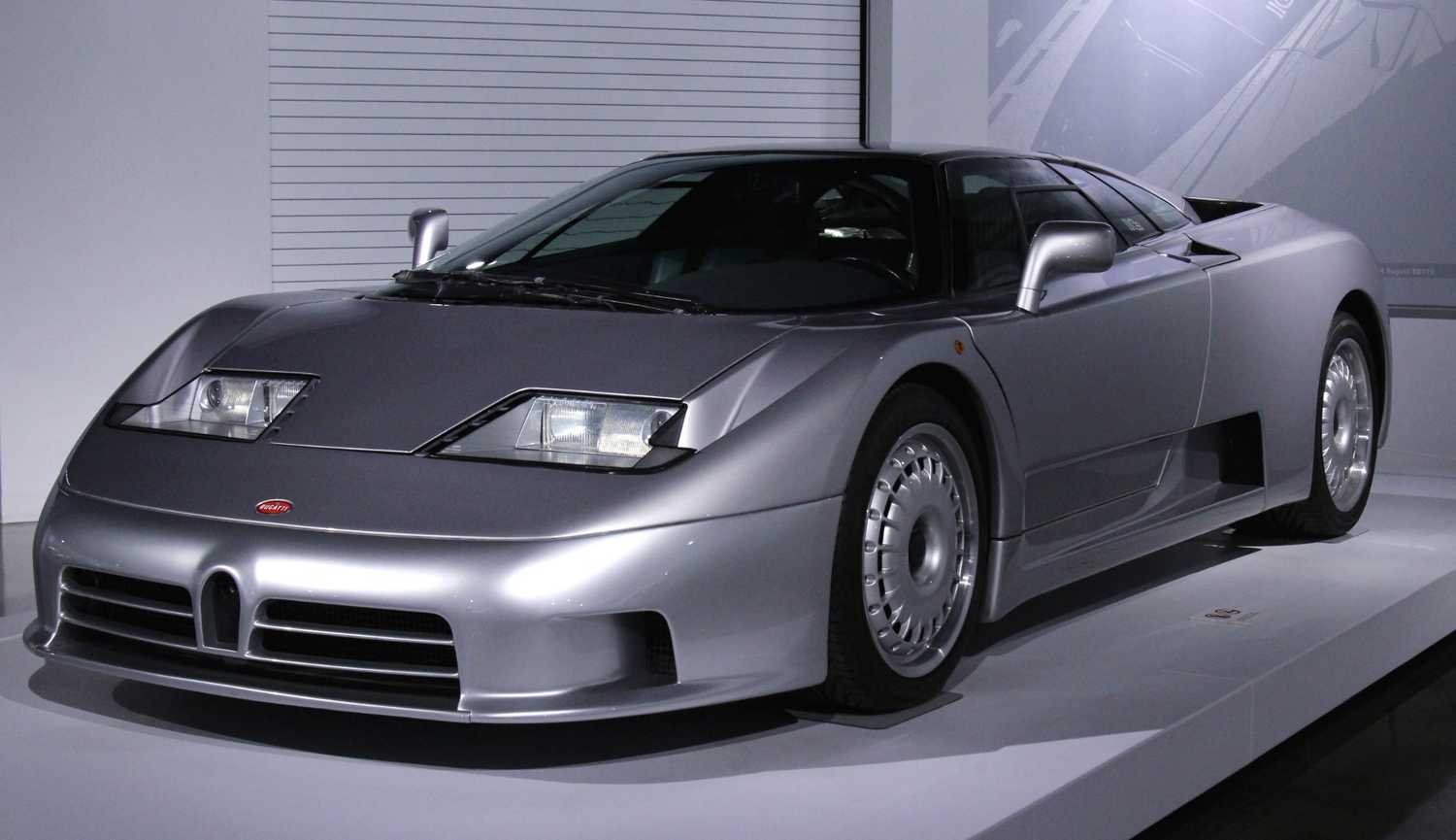
2 comments
Really eye-opening list shows even legendary brands like Bugatti can miss the mark when timing, cost or execution don’t align.
Absolutely, we agree! Thanks for checking out the post — glad you enjoyed it!